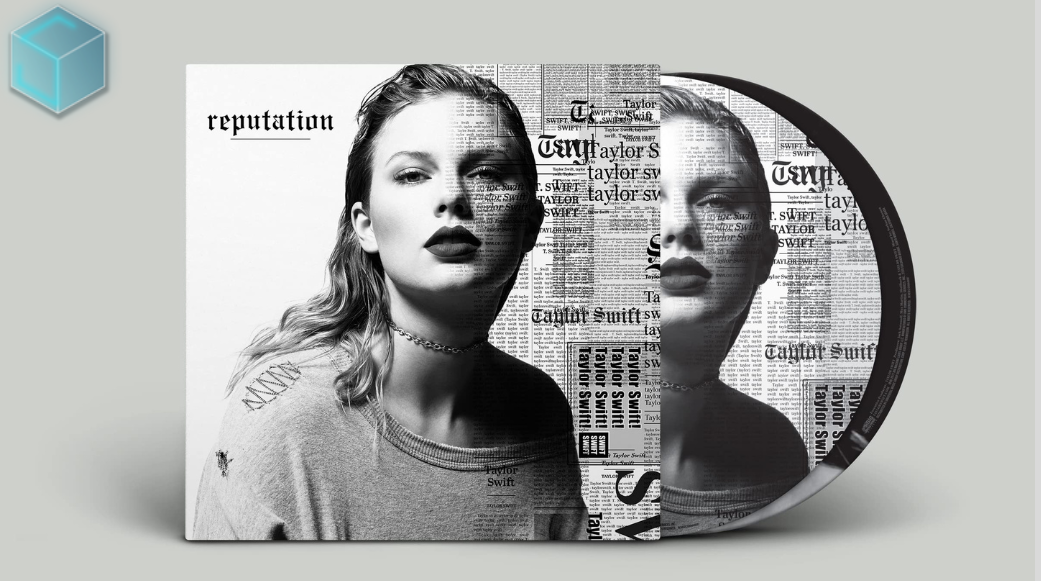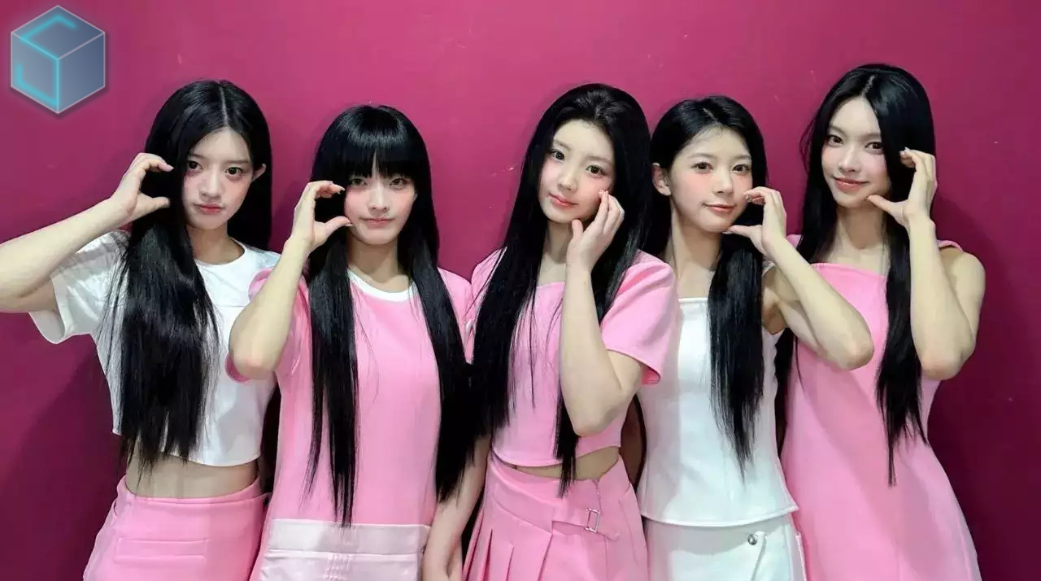
August 15, 2025
One of the most talked-about musical moments of the summer is JoJo Siwa's recent rendition of the 1981 classic "Bette Davis Eyes." On July 11, she shared her retro-style rendition, sparking intense...
Read more
August 15, 2025
Chappell Roan is keeping fans guessing about her sophomore album, admitting she has "no idea" what direction her new music will take. In a revealing interview with Apple Music 1's Zane Lowe, the...
Read more
August 15, 2025
In a candid new interview with GQ, Kansas City Chiefs tight end Travis Kelce is pulling back the curtain on his relationship with pop superstar Taylor Swift. The NFL star revealed intimate details...
Read more
August 15, 2025
At exactly 12:12 a.m. Tuesday, Taylor Swift revealed her 12th studio album, The Life of a Showgirl, via her official website. The announcement came as a countdown timer hit zero, setting off a wave...
Read more
August 15, 2025
Taylor Swift fans are buzzing after longtime collaborator Joseph Kahn revealed that the singer filmed — but never released — a music video for her Reputation track “King of My Heart” nearly a...
Read more
August 15, 2025
As his son Jack Blues approaches his first birthday on August 22, Justin Bieber is giving fans heartfelt glimpses into his life as a doting father. The 31-year-old superstar took to Instagram...
Read more
August 11, 2025
From August 1–3, Parc Jean-Drapeau wasn’t just a park, it was the main character. Osheaga 2025 rolled in with enough vibes to power your entire summer playlist, turning the city into a three-day...
Read more
August 11, 2025
In the ever-shifting world of K-pop, new groups arrive every year, but when BigHit Music announces a debut, the industry listens. Just days before BTS gears up for their long-awaited comeback, the...
Read more
August 11, 2025
When ILLIT dropped “Billyeoon Goyangi,” they probably didn’t expect to turn TikTok into one giant dance floor, but here we are, thousands of creators spinning, twirling, and body-rolling like their...
Read more
August 11, 2025
In a year where streaming milestones are harder to hit than that high note in ANTIFRAGILE, LE SSERAFIM has officially crossed 1 billion Spotify streams in 2025. The self-proclaimed fearless queens...
Read more
August 11, 2025
Imagine dropping your debut single and poof, you're suddenly everywhere. That’s exactly how ILLIT entered the scene with “Magnetic.” This banger didn’t just drop; it detonated, sending viral...
Read more.png)
August 11, 2025
The Soul Train Awards and Hip-Hop Awards, two cornerstone events celebrating Black music and culture, have been suspended by BET. The news was confirmed by BET CEO Scott Mills in an interview with...
Read more.png)
Reverb can be a powerful tool in drum recordings, adding depth, space, and character to your drum mix. However, using it correctly is essential to ensure your drums don’t sound too muddy or distant. In this article, we'll explore how to apply artificial reverb to drum recordings effectively and look at how famous music creators, like Phil Collins, have mastered this technique to create iconic drum sounds.
Reverb creates a sense of space in your mix by simulating how sound behaves in different environments. For drum recordings, reverb can help place the drums in a specific acoustic context, whether it’s a small room, a large hall, or even an open arena. However, applying reverb to drums can be tricky because of the different elements involved – each with unique frequencies and dynamics.
In your current setup, you have five mics: two in front of the drum set to capture the low end, two overheads directly above the kit to capture the highs, and a snare mic. The challenge you’re facing is deciding whether to apply reverb to only the close mics (like the snare mic) or to the room mics (the overheads and front mics).
Here are some tips to help you decide how to apply reverb to your drum tracks:
A great example of a music creator who mastered the use of reverb on drums is Phil Collins. In the iconic song "In the Air Tonight," Collins used a technique known as "gated reverb" to create a powerful, punchy drum sound that became a hallmark of the 1980s. This technique involves applying a heavy reverb to the drums, particularly the snare, and then using a noise gate to cut off the reverb tail abruptly. The result is a reverb that sounds big but controlled, giving the drums a dramatic and distinctive sound.
Phil Collins' use of gated reverb shows how creative reverb application can make drums sound larger than life while maintaining clarity and impact. You can experiment with a similar approach by using gated reverb on your snare mic or applying it to the whole drum bus to achieve a cohesive, punchy sound.
The best approach to applying reverb depends on the sound you're aiming for and the unique characteristics of your drum kit and recording environment. Experiment with different reverb types, levels, and mic placements to find the sound that works best for your project. Remember, reverb is as much an art as it is a science – so don’t be afraid to trust your ears and get creative!